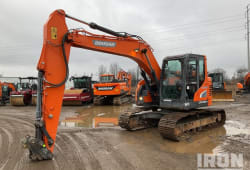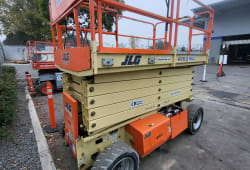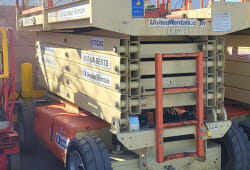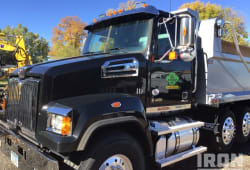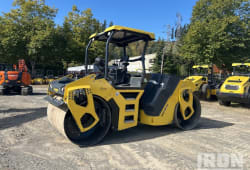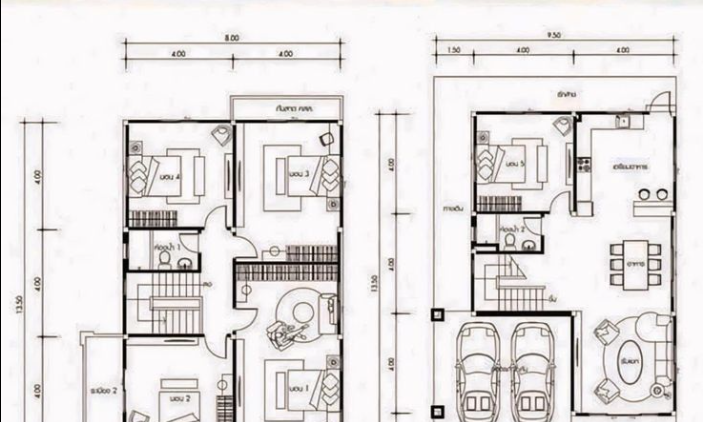Construction Liability Insurance Cost in 2025: Types, Pricing & Calculator Tips
4 Lectura mínima
)
agosto 4, 2025
Construction is a high-risk industry, and having the right liability insurance can mean the difference between staying in business or facing financial disaster. Whether you're a general contractor, subcontractor, or construction business owner, understanding construction liability insurance cost is essential for protecting your bottom line.
In this guide, we’ll break down the average cost of liability insurance, explore the different types, and show how to estimate your premiums using a construction liability insurance cost calculator.
What Is Construction Liability Insurance?
Construction liability insurance protects contractors and construction companies from legal and financial risks associated with property damage, bodily injury, and third-party claims that may occur on a job site.
This type of insurance is essential for:
Managing risk and avoiding out-of-pocket legal fees
Complying with state and contract requirements
Maintaining credibility with clients and partners
Types of Construction Liability Insurance
There isn’t just one kind of construction insurance. Most contractors carry multiple policies to cover a range of risks. Below are the main types of construction liability insurance:
1. General Liability Insurance
Protects against third-party bodily injury, property damage, and personal injury (e.g., libel, slander). It’s the foundation of any construction insurance plan.
2. Professional Liability Insurance
Also known as Errors & Omissions (E&O), this covers design mistakes or project mismanagement claims.
3. Workers’ Compensation Insurance
Covers medical expenses and lost wages for employees injured on the job. Often required by law.
4. Product and Completed Operations Liability
Protects you if a project you completed causes damage or injury after the work is done.
5. Contractor’s Pollution Liability
Covers claims related to pollutants, mold, or hazardous materials found on job sites.
Each type of liability insurance plays a role in keeping your construction business financially secure and legally compliant.
Construction Liability Insurance Cost in 2025
:format(webp))
The construction liability insurance cost varies based on several factors, but here are some general estimates:
Average Annual Premiums
These numbers can fluctuate significantly depending on your company’s:
Revenue and payroll
Number of employees
Project types and locations
Claims history and safety record
Construction General Liability Insurance Cost
Construction general liability insurance cost is often the first thing contractors consider when getting insured.
What It Covers:
Legal fees and settlements
Damage to client property
Accidents involving third parties
Advertising and reputational claims
Cost Breakdown (2025 Estimates)
Low-risk contractors (e.g., painters, flooring installers): $400-$900/year
Mid-risk trades (e.g., carpenters, electricians): $1,000-$2,000/year
High-risk trades (e.g., roofing, demolition): $2,000-$5,000+/year
The more hazardous the work, the higher the premium.
Using a Construction Liability Insurance Cost Calculator
A construction liability insurance cost calculator is a valuable tool that gives you fast, personalized premium estimates based on your business details.
What It Typically Asks For:
Business type and trade
Number of employees
Annual revenue and payroll
Project locations
Claims history
Benefits of Using a Calculator:
Saves time
Provides quick ballpark figures
Helps you compare quotes across providers
Adjusts to different coverage limits
Many top insurance websites offer free calculator tools to help contractors estimate and customize their coverage.
Factors That Affect Construction Liability Insurance Premiums
Your final insurance quote will depend on a combination of these variables:
Type of Work: High-risk trades like roofing or excavation are more expensive to insure.
Location: States like California and New York typically have higher premiums.
Experience & Safety Record: Fewer claims and better safety practices lead to lower premiums.
Annual Payroll & Revenue: Bigger payrolls increase liability exposure.
Project Size and Scope: Larger commercial or government jobs may require higher coverage limits.
Understanding these factors can help you prepare for conversations with insurers and anticipate premium costs.
How to Lower Your Construction Liability Insurance Cost
Looking to reduce your premium without sacrificing coverage? Try these strategies:
Bundle general liability with other policies (e.g., workers' comp or equipment insurance)
Raise your deductible
Maintain a clean claims record
Improve on-site safety and training
Shop and compare quotes yearly
Work with insurance brokers who specialize in construction
A proactive approach can result in thousands of dollars in annual savings.
Do You Really Need Construction Liability Insurance?
In nearly all cases - yes. Most states, municipalities, and clients require contractors to carry general liability insurance before awarding work. Skipping coverage could mean:
Fines or license suspension
Lawsuits for out-of-pocket damages
Disqualification from bids or contracts
Loss of reputation and customer trust
It's not just about compliance - it's about risk management.
Conclusion
Understanding your construction liability insurance cost is vital for protecting your business and winning projects with confidence. Use tools like a construction liability insurance cost calculator, explore your options, and work with experienced providers to get the right coverage at the right price.
As we move through 2025, construction risks aren't going away - but with the right insurance strategy, you'll be ready for whatever the job throws your way.

Mike Kennedy is Boom & Bucket's Marketplace Operations Manager, where he leads shipping, warranties, and post-sale operations to create a seamless buyer experience. As one of the company's earliest team members, Mike helped build the foundation of Boom & Bucket's operations and guided its growth through acquisition by RB Global. He is passionate about scaling marketplaces, solving operational challenges, and improving efficiency to deliver industry-leading results.


